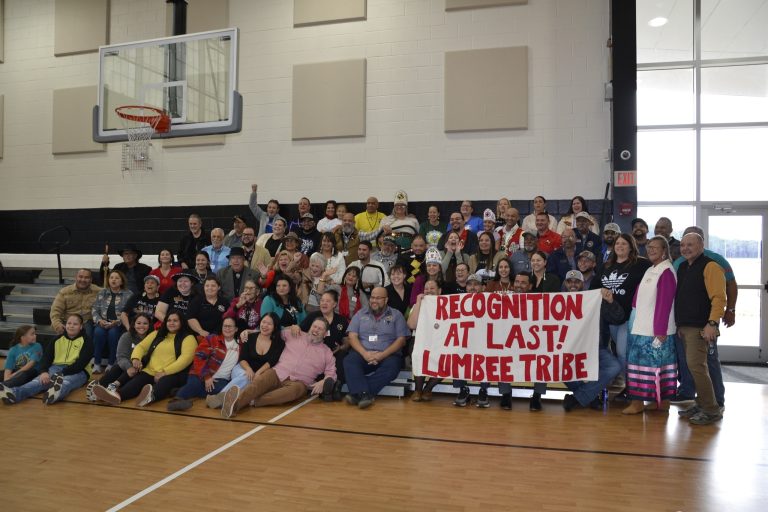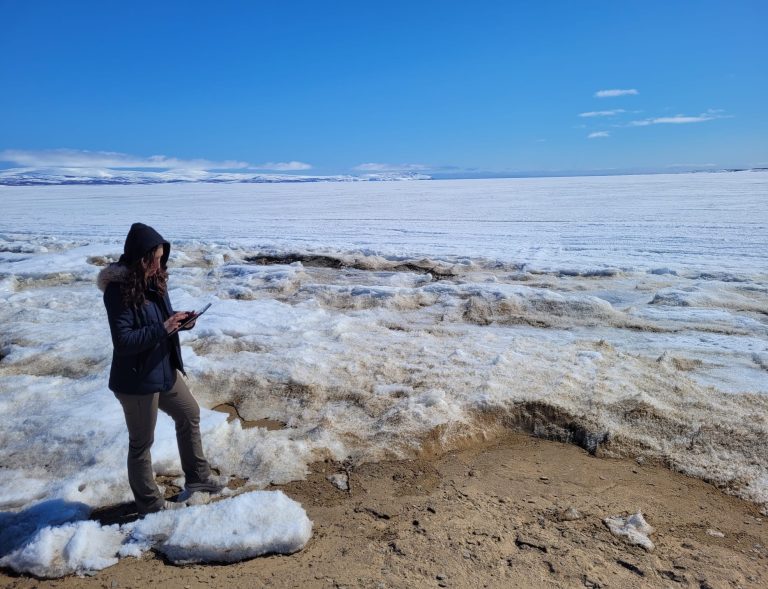Podcast: Play in new window | Download | Embed
![]()
A bill to name a section of highway on the Blackfeet Reservation after the late Chief Earl Old Person is making its way through the Montana Legislature.
Aaron Bolton has more.
Chief Old Person was not just the hereditary chief and long-time political leader of the Blackfeet Nation.
He was a well-known figure that worked on national pieces of legislation like the American Indian Religious Freedom Act and led the National Congress of American Indians throughout his lifetime.
Now legislation would designate a portion of U.S. Highway 89 in Chief Old Person’s honor.
The bill has been met with some opposition from Republican lawmakers who say there are better ways to honor the Blackfeet leader, but the bill passed the state Senate with bipartisan support.
The legislation is now on its way over to the House for consideration.
 For now, the reasons for a polar bear attack in Alaska this week remains a mystery, as KNBA’s Rhonda McBride and Alaska Public Media’s Casey Grove report.
For now, the reasons for a polar bear attack in Alaska this week remains a mystery, as KNBA’s Rhonda McBride and Alaska Public Media’s Casey Grove report.
Alaska State Troopers say a polar bear killed a woman and her child in Wales, an Inupiat village about 100 miles northwest of Nome.
As the community grieves, scientists and other local experts, who help to manage wildlife in the region, have begun the difficult process of trying to find out more about what happened.
Geoff York, the senior conservation director at Polar Bears International, talked with Alaska Public Media about the attack.
He says investigators need to tread lightly, to balance the need for information with respect for the community.
“It’s difficult to do in these times, as people are traumatized by what happened. But it’s also critically important that we get as much information from these events as possible, so we can share lessons learned and share information with other communities going forward. The end goal is trying to keep people safe.”
Polar bear attacks are extremely rare in Alaska. The last one took place in 1990.
Since then, the impacts of shrinking sea ice on marine life, due to a warming climate, have escalated.
But York says there’s plenty of sea ice in the region right now, enough for the bears to hunt for seals and other marine mammals, which provide them with the high energy diet, necessary for their survival.
York cautions against jumping to conclusions about whether sea ice played a role in the attacks.
“Historically, so going back even beyond written records, polar bears have attacked and killed people, potentially for food, regardless of sea ice conditions. So, linking one event to this larger environmental phenomena that’s ongoing today is always a bit risky.
That being said, we know that the Chukchi Sea has experienced dramatic change in sea ice.”
Although sea ice is in place right now, York says it’s hard to know what’s happening in the habitat below, which might impact the food supply.
He also says scientists don’t have enough information about the circumstances surrounding the attack and the condition of the bear.
“They’ll look at the age of the bear, the sex of the bear, the age of the bear if they can, and they’ll talk to local community members about events leading up to and leading to the event itself and just try to get as much information as possible.”
State Troopers say 24-year-old Summer Myomik and her one-year-old son were on a walk between the school and the local clinic, when the polar bear struck.
A community member shot and killed the bear during the mauling.
 Interior Secretary Deb Haaland (Laguna Pueblo) is in Arizona to gather testimony about Indian boarding school experiences.
Interior Secretary Deb Haaland (Laguna Pueblo) is in Arizona to gather testimony about Indian boarding school experiences.
Sec. Haaland is leading a national investigation into the impacts on tribal communities from federal Indian boarding school policy.
A gathering is scheduled for Friday in Phoenix and Sunday on the Navajo Nation.
Get National Native News delivered to your inbox daily. Sign up for our newsletter today.



